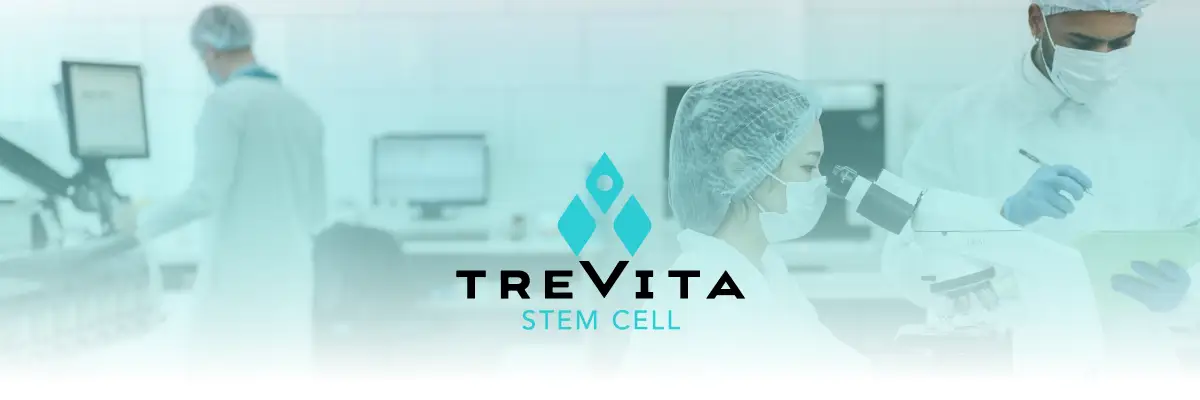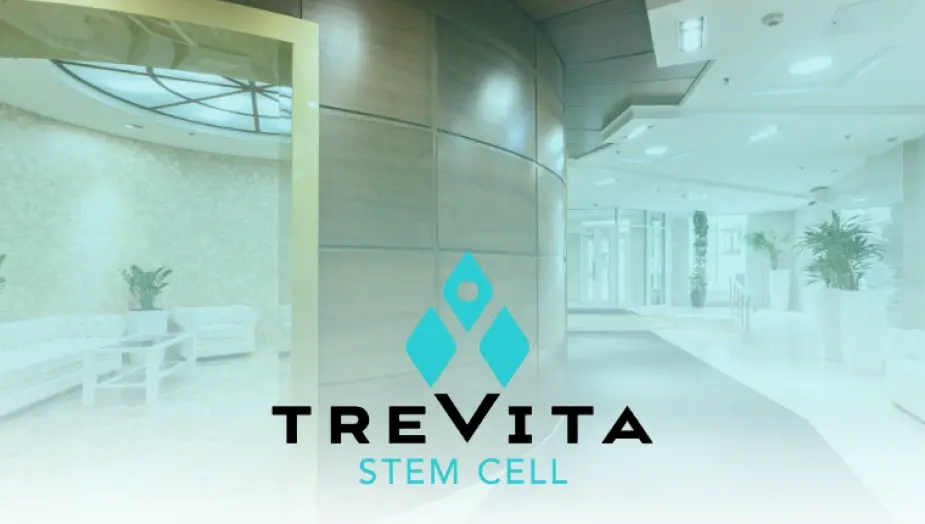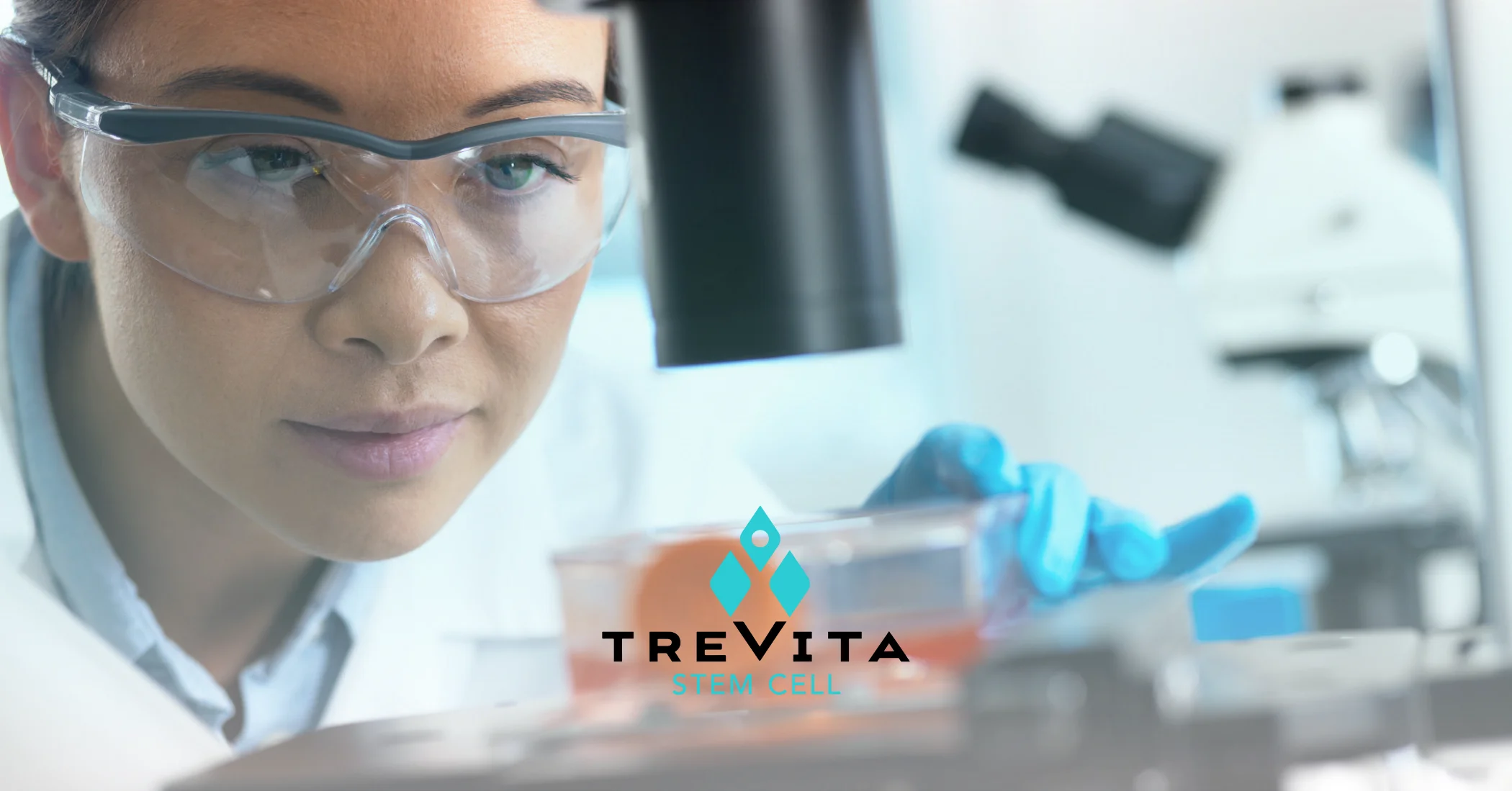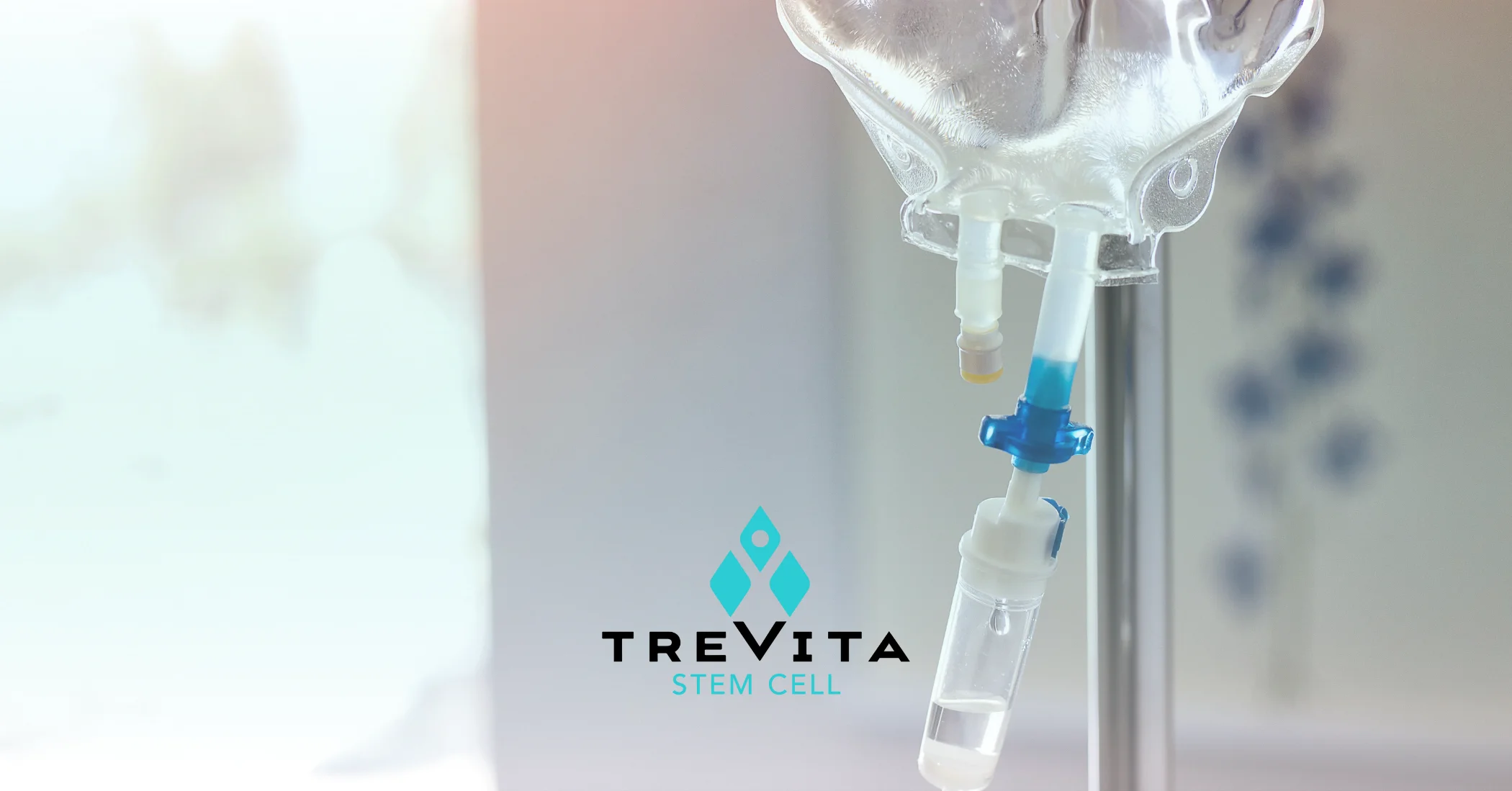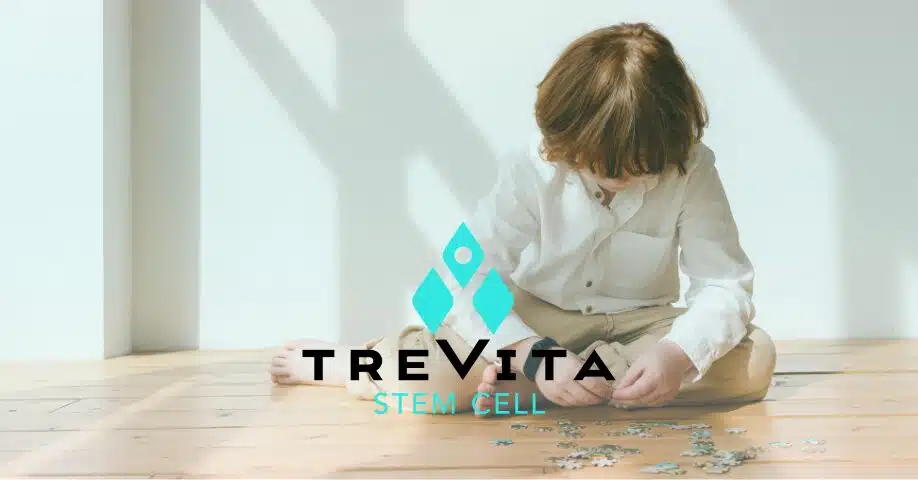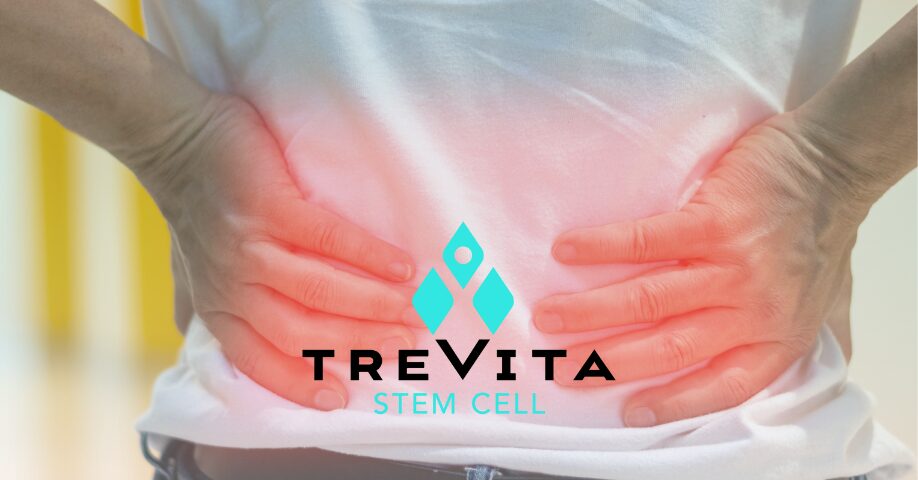Benefits of Stem Cell Therapy for Cerebral Ischemia
- Promotes Neural Regeneration: Stem cell therapy stimulates the growth of new brain cells, helping to repair and regenerate damaged tissue in the brain.
- Reduces Inflammation: Stem cells have anti-inflammatory properties that help decrease inflammation in the brain, improving healing and reducing damage caused by ischemia.
- Improves Cognitive Function: Therapy can enhance memory, focus, and mental clarity, promoting better overall brain function post-ischemia.
- Enhances Motor Skills: Stem cell treatment can help improve motor coordination and movement, assisting patients with mobility issues caused by cerebral ischemia.
- Supports Neuroplasticity: Encourages the brain’s ability to adapt and reorganize, improving function and recovery after ischemic events.
- Restores Brain Connectivity: Helps restore lost connections between neurons, improving communication within the brain and aiding in cognitive recovery.
- Improves Quality of Life: Enhances daily functioning and independence, helping patients regain more autonomy and well-being.
- Reduces Risk of Further Damage: Stem cell therapy may protect the brain from further damage by promoting healing and strengthening brain cells.
- Long-Term Benefits: Provides sustained improvements in cognitive and physical health, supporting long-term recovery and brain health.
The Most Advance Treatments Available
Stem cell therapy has helped many by promoting healing, reducing inflammation, and regenerating tissue. Patients with autoimmune diseases, injuries, and neurodevelopmental disorders report improved mobility, less pain, and better cognitive function. While research continues, it offers hope for innovative treatments.
Citations & Scientific References
View our medical studies and published studies that support the science behind stem cell therapy.
Clinical Studies- Phase I Trial of Intrathecal Mesenchymal Stem Cell-derived Neural Progenitors in Progressive Multiple Sclerosis. Violaine K Harris, James Stark, Tamara Vyshkina, Leslie Blackshear, Gloria Joo, Valentina Stefanova, Gabriel Sara, Saud A Sadiq – https://pubmed.ncbi.nlm.nih.gov/29449193/
- Efficacy of Intravenous Mesenchymal Stem Cells for Motor Recovery After Ischemic Stroke: A Neuroimaging Study. Jungsoo Lee, Won Hyuk Chang, Jong-Won Chung, Suk Jae Kim, Soo-Kyoung Kim, Jin Soo Lee, Sung-Il Sohn, Yun-Hee Kim, Oh Young Bang – https://pubmed.ncbi.nlm.nih.gov/34583525/
- Recent Advances in Stem Cell-Based Therapeutics for Stroke. Eleonora Napoli, Cesar V Borlongan – https://pubmed.ncbi.nlm.nih.gov/27515852/
Other Neurological Disorders Therapies
Hear What Our Clients have to say!
Averaging 5 Stars across multiple platforms — TOP RATED
The Process
Day 1: US ➜ Mexico
- Receive the procedure at the clinic.
- Go back to the hotel and rest (you can stay in a Tijuana hotel or hotel in San Diego).
Day 2: Travel back home
- Check out of your hotel.
- Meet your driver outside the hotel for a smooth ride to San Diego International Airport.
- Arrive at the airport in time to catch your flight back home.
Cerebral Ischemia FAQ's
You have questions, we have answers.
Stem cell therapy helps treat cerebral ischemia by promoting the regeneration of brain cells, reducing inflammation, and improving neural function. The therapy stimulates the brain’s natural healing process, potentially restoring lost functions and preventing further damage.
Patients may begin noticing improvements within weeks to months after the therapy, and the benefits will continue over time as the brain heals and regenerates.
Stem cell therapy is generally considered safe when performed by experienced medical professionals. The procedure is minimally invasive and has few reported side effects, making it a promising option for patients with cerebral ischemia.






